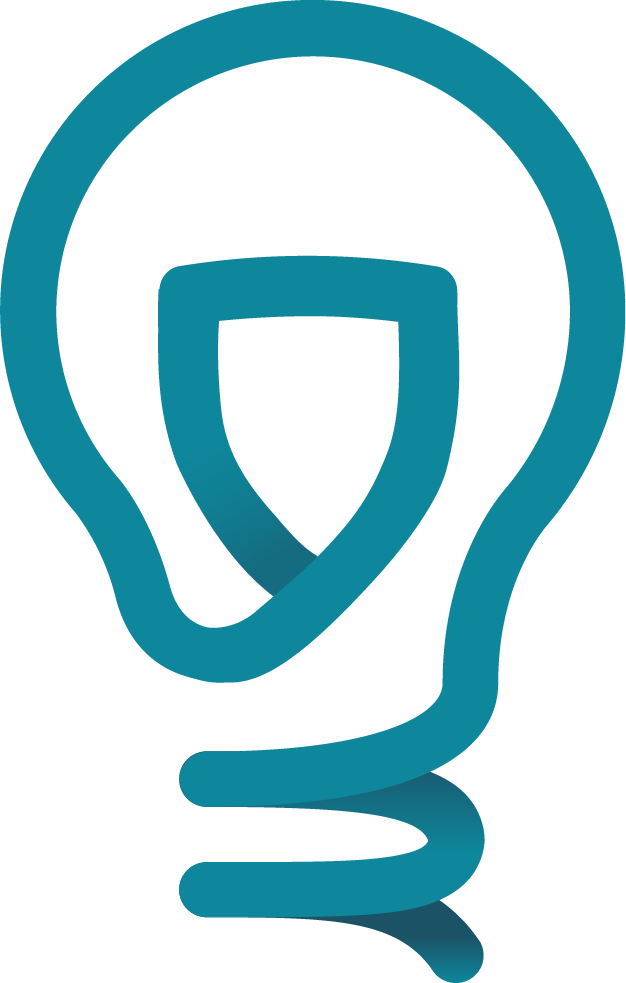Jack Kelly: Applying EA
At first, applying the principles of Effective Altruism to my life was daunting. EA felt like a compelling set of philosophical principles useful for guiding my life, but relatively abstract in the short term. But with some reflection, I realized there is something meaningful that I can do now to ensure a high degree of future impact - take a giving pledge.
A few years before college and joining EA, I listened to an interview with Peter Singer that detailed his moral philosophy and how he had decided after graduating to begin donating 10% of his income to the world’s poorest people. The now famous “drowning child” thought experiment that Singer invented presents a clarifying and compelling moral logic around charity: if we wouldn’t hesitate to jump in a pond to rescue a drowning child at the cost of ruining an expensive suit we wore, then why don’t we apply that same compassion and willingness to help to people in far away places via donating a fraction of our income? I resolved on the spot to do just that in the future and made a note to ensure I didn’t forget about it. Growing up in a family where charity was practiced only peripherally without a strong moral emphasis on its value, it felt like a revelation that I not only could, but should be making a difference in the world by giving away some of my future income.
While getting involved with EA, I heard about the charities others in my EA group had donated to, which led me to consider that maybe charitable giving shouldn’t be something I postpone until an abstract future. My initial inclination, outside of a few small acts of charity, was to postpone charitable giving until I had more resources. But the reality is that I can certainly spare some of the money I have now to donate to charitable causes at a level that, while small in magnitude, can nonetheless help address global problems. Also, by making it a part of my identity now, I am setting myself up to make future donations as easy as possible. As James Clear, the author of the acclaimed book Atomic Habits, writes, “the ultimate form of intrinsic motivation is when a habit becomes part of your identity … The more you repeat a behavior, the more you reinforce the identity associated with that behavior.
While researching more about charitable giving, I encountered The Giving What We Can pledge. The pledge provides a form of commitment device by encouraging one to sign a public statement to give 10% of one’s lifetime income to the most effective charities and providing a platform to track one’s giving. The platform also has a trial pledge option where one can commit a fixed percentage of one’s income for a finite number of years. Both types of pledges account for students being in different financial positions and they specify that students only need to contribute 1% of their spending money to effective charities until they begin working. The organization maintains a public list of active members and requires self disclosure of income and recording of donations to ensure accountability.
Being a fan of commitment devices as a method to lock in our deeply held beliefs, this idea was deeply compelling to me. While writing this piece and considering the pledge, I struggled with making a commitment for selfish reasons. I told myself that I can always start my giving later, and that making a hasty commitment before I have even begun working would be unwise. To get beyond this struggle that was preventing me from taking the pledge, I have decided to take the trial pledge to give at minimum 5% of my income for the first 5 years of working, with the intent to renew my pledge at the end of the 5 year period and ideally increase my level of committed giving to the 10% level if not beyond.
Assuming an estimate of an average salary of $80,000 over the first 5 years of my working career (which works out to roughly $59,000 after taxes depending on the state), 5% donated for 5 years would amount to $14,750. According to GiveWell, the estimated cost of saving one life via malaria bed nets is just $4,500, meaning this sum would be enough to save about 3 statistical lives. There are other charities with similar efficacy which I may choose, but this very rough calculation gives a sense of the immense impact that can be achieved by donation. Donating to effective charities doesn’t fix the structural conditions that produce widespread global suffering, but it is nonetheless a good start in being both effective and altruistic.
I recognize that not everyone is in the financial position to donate to charity. However, for anyone in a more stable financial situation who is able to donate, I highly encourage them to reflect on their ability to change the world through their actions. I would also encourage them to take the giving pledge and to use their commitment to ensure that their good intentions are translated into consistent donations.
